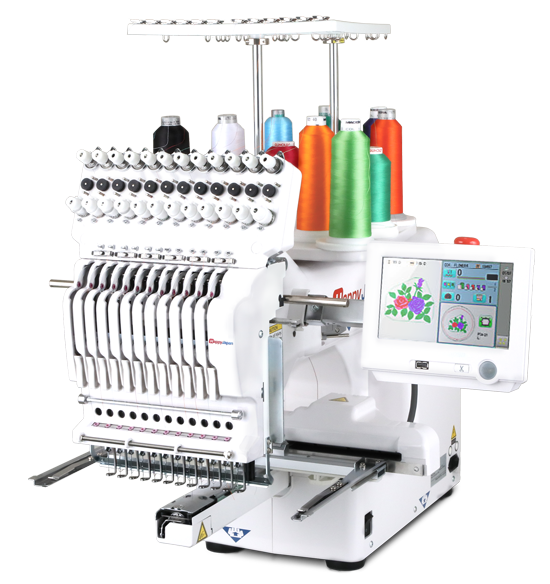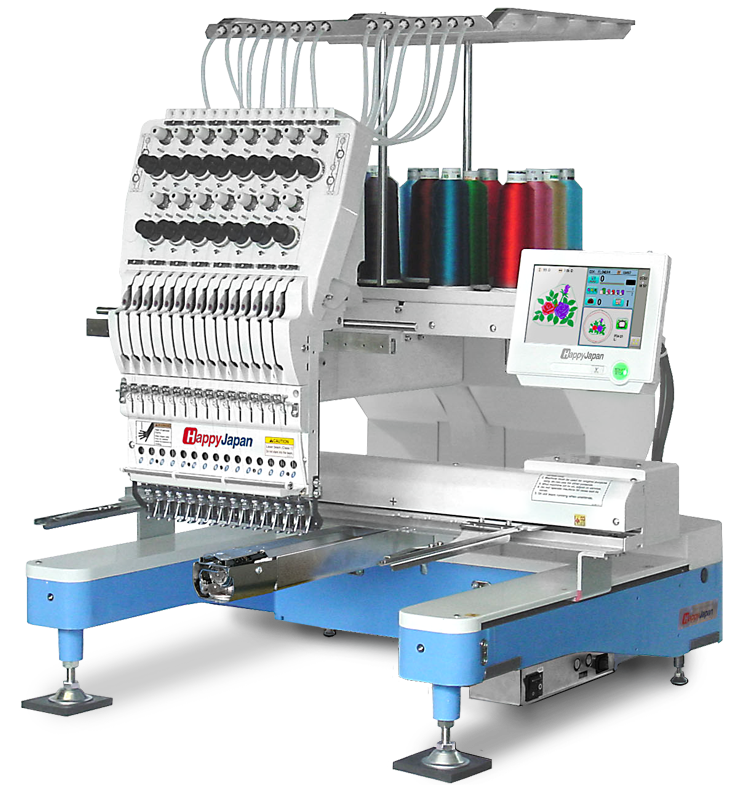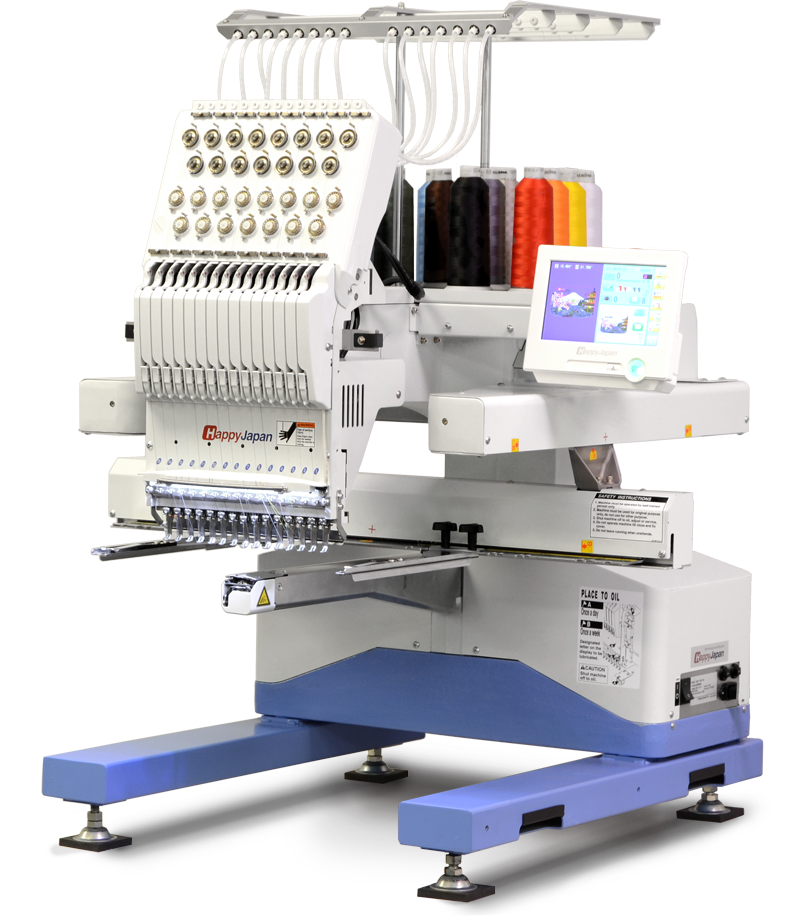



Phone Support: 1-866-838-2424
E-mail: techinfogroup@texmacusa.com
Be ready with your machine model number and serial number to verify eligibility.
For support, please contact the support number of the dealer you purchased your machine from.
Applicable fees may be required for non-TexMac customers requesting support.
Choose this option to try and manually resolve the problem.
The machine has failed to return the main shaft position to its at-rest position (270 or 275 degrees) after it last stopped. If AUTO does not clear this error, follow these steps:
Needle move, needle center: The head failed to move enough left-right to the current needle position completely. It may be off even slightly.
Needle detection, needle difference: The machine is unsure or incorrect about which needle number sits over the needle plate.
C and L sensors may be dirty or out of alignment with the shaft.
Part of the design will sew outside of allowable limits. Adjust design position or reduce size.
The memory is full. Delete some designs.
The moving knife failed to swing completely shut after a cut cycle.
This is caused by the catcher (upper thread hook) failing to retract upwards fully.
This can be due to a catcher problem or the thread still not being cut after a cut cycle.
The catcher tried to grab the uncut thread, which was strong enough to prevent the catcher from retracting.
In the latter case, the machine had a problem cutting, which in turn caused the catcher error.
Applies to HCS1 and HCS2 12-needle Voyager models only. Close the clear take-up lever door.
Here are resources for troubleshooting the HCH-701 7-needle Journey and HCD-1501 15-needle Touchscreen Machine, which includes models HCD2-1501 and HCD3e-1501.
Here are some guidelines to help you troubleshoot and eliminate the causes of thread breaks.


This term describes a buildup of thread on top of or under the garment, often underneath the needle plate.
This generally causes the machine to stop and indicate a thread break, sometimes an E-018 main shaft error.

There are many possible causes for sewing quality issues, most of which can be addressed with the proper procedure. These include proper threading, tension, needle and stabilizer choice, proper hooping technique to secure the garment, digitizing quality, and matching the digitizing technique to the type of fabric or item being embroidered.

This can be caused by improper tension (usually not enough).
The machine may also be out of adjustment if it has not been maintained over a long period of time or has been subject to an incident (hoop strike / birdnest event, etc.).


Most issues relating to embroidering on ballcaps are eliminated with proper setup and the correct techniques for embroidering on ballcaps. Here are some procedures you can follow to ensure a successful outcome.
Follow the correct procedure for installing the cap driver for your machine. Click the appropriate link for the instructional video that applies to your model machine.
Proper hooping technique is 80% of the success when embroidering on caps. Follow the procedure shown in this video on how to hoop ballcaps using the wide-field cap hoop.
The following list covers techniques unique to ballcap sewing (applicable to all model HappyJapan embroidery machines) that will help you reliably achieve quality embroidery on ballcaps—even on challenging types of caps.

Use tearaway backing only.
Do not use cutaway.
For some types of caps (such as nonconstructed caps), use 2 layers of tearaway.

Be sure the design is digitized for caps.
This is especially important with detailed designs where design elements must line up precisely with each other.
Generally, designs for ballcaps should be digitized to sew center-out.

The ballcap itself determines the usable sewing area, especially the height, in how tall a design can be.
Taller, trucker-style caps, for example, can accommodate designs as tall as 2.5” or taller.
Lower profile (i.e., fly fisherman-style) caps cannot accommodate designs as tall.

Be sure everything is tight regarding the cap driver installation procedures and cap hooping procedure in the referenced videos:
If you need support for a legacy machine, find your model below and click the button for service information.
